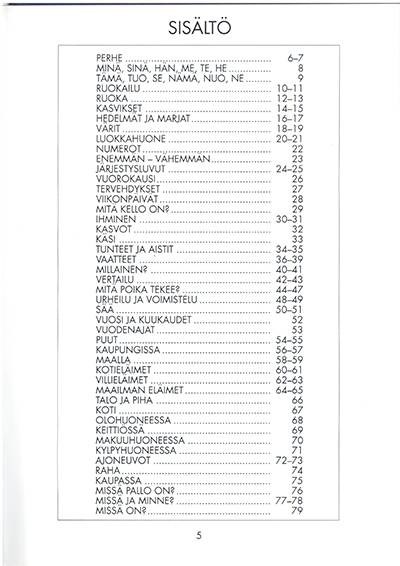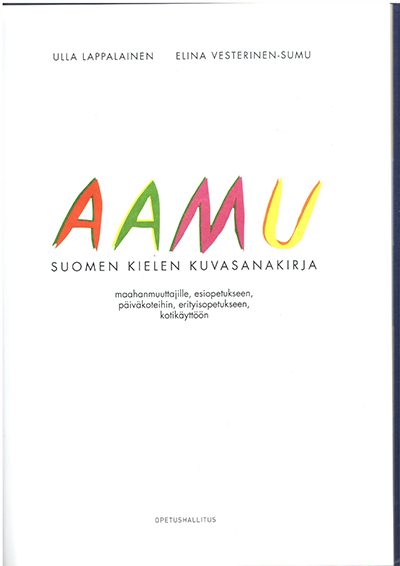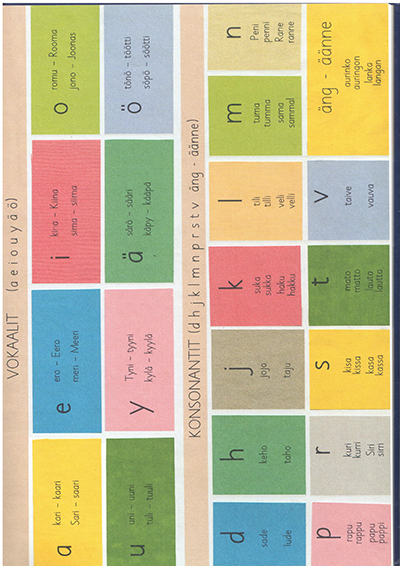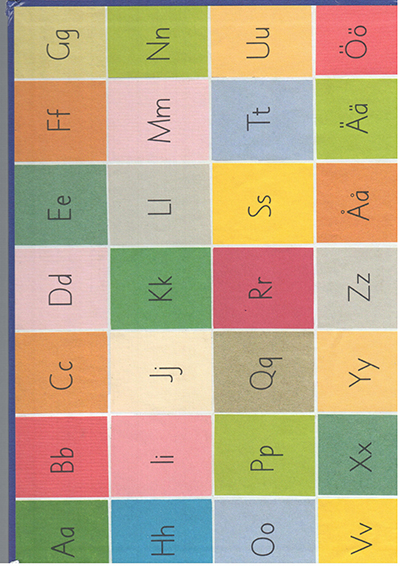| Sorted by date | |||
page179from Nordic Architects Writes
Reima and Raili Pietilä’s Dipoli Students’
Union Building, Otaniemi, 1966
capital, and demand a clear stand on the
class struggle. The contrast to the ideologically inarticulate 1950s is sharp,
but there is not much in common between the heirs of functionalism and the
class-fighters of today. The young have advanced into political purpose out of
the enchantment of the neo-leftist student revolution which in Finland, too,
threatened the window-panes of the School of Architecture.
The
more pragmatic line is a parallel phenomenon to Sweden’s Alternative Stad or
Norway’s Kanal. This Scandinavian form of “advocacy planning” defends the
existent environment and the rights of residents faced by the constant threat
of growing economic monopolies and international trading integration. The
residents’ movement started by architects have in fact gained considerable
influence on planning, and they have prevented many a fatal mistake. Side by
side with the residents’ movements has gone the philosophy of conservationist
renovation based on reasons of cultural history and economy. The clash of the
later with the renewal ideas of the functionalists has been a historical
inevitability.
Rigid
class thinking, on the other hand, opposes compromise reforms, wishing to strip
bare the class nature of our society and awaken people’s political awareness as
an element of revolution. The School of Architecture in Helsinki has been a
fortress of the class consciousness, and it will be interesting to see what
influence
|
|||
|
|||
|
|
 ... ...
... ... ... ...
... ... ... ...
... ... ... ...
... ... ... ...
... ... ... ...
... ... ... ...
... ... ... ...
... ... ... ...
... ... ... ...
... ... ... ...
... ... ... ...
... ... ... ...
... ... ... ...
... ... ... ...
... ...